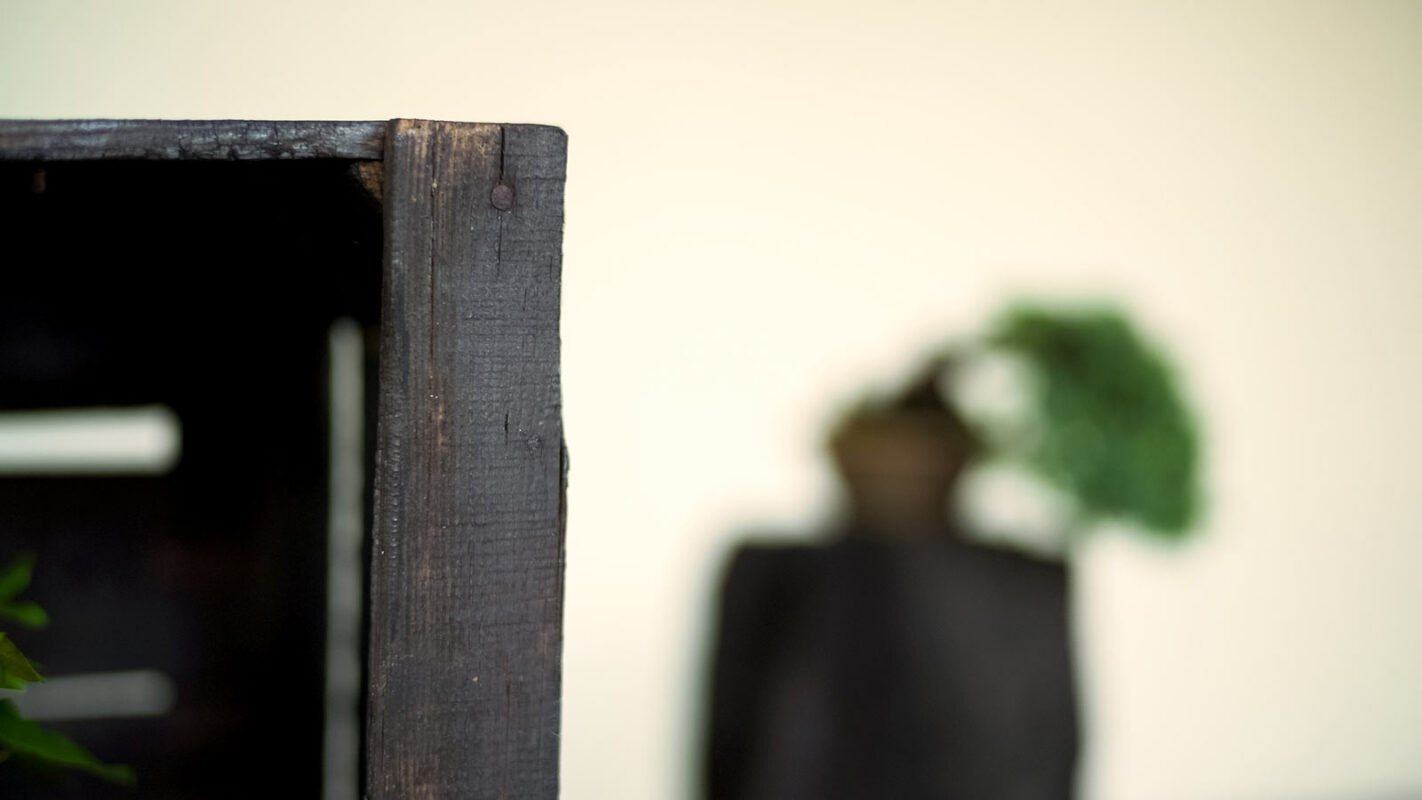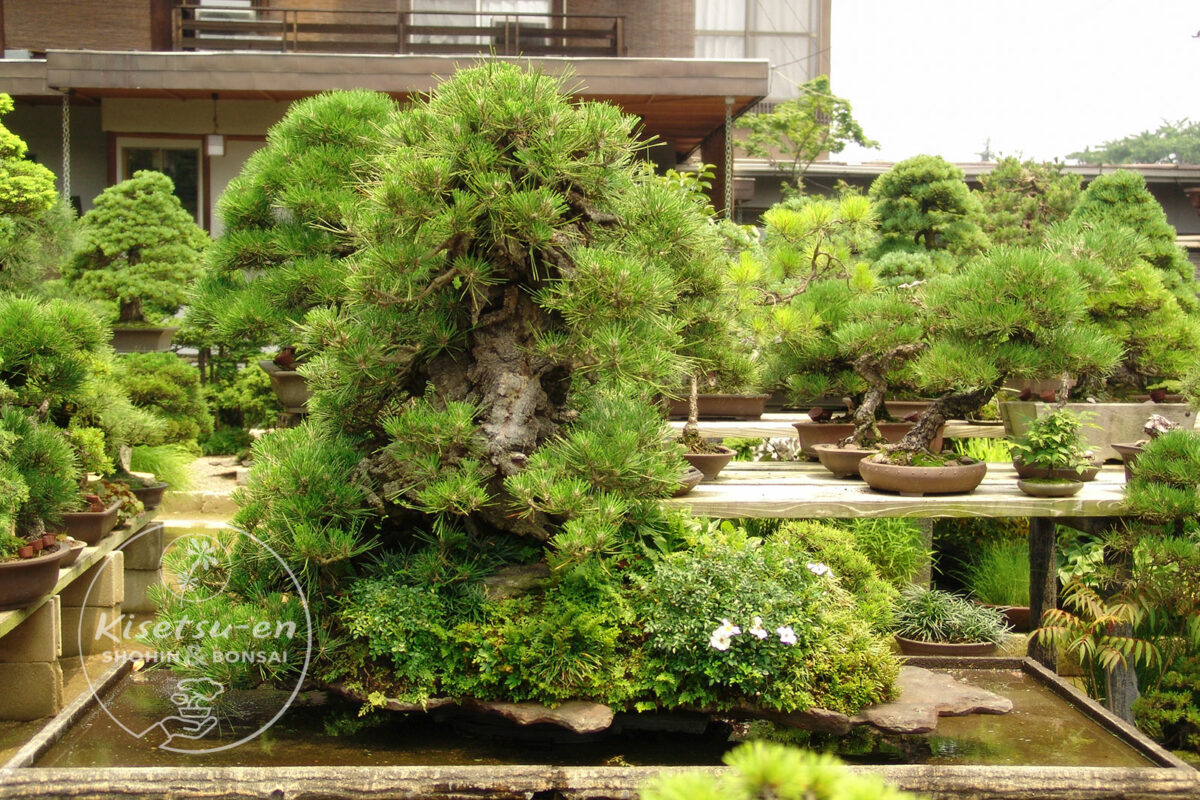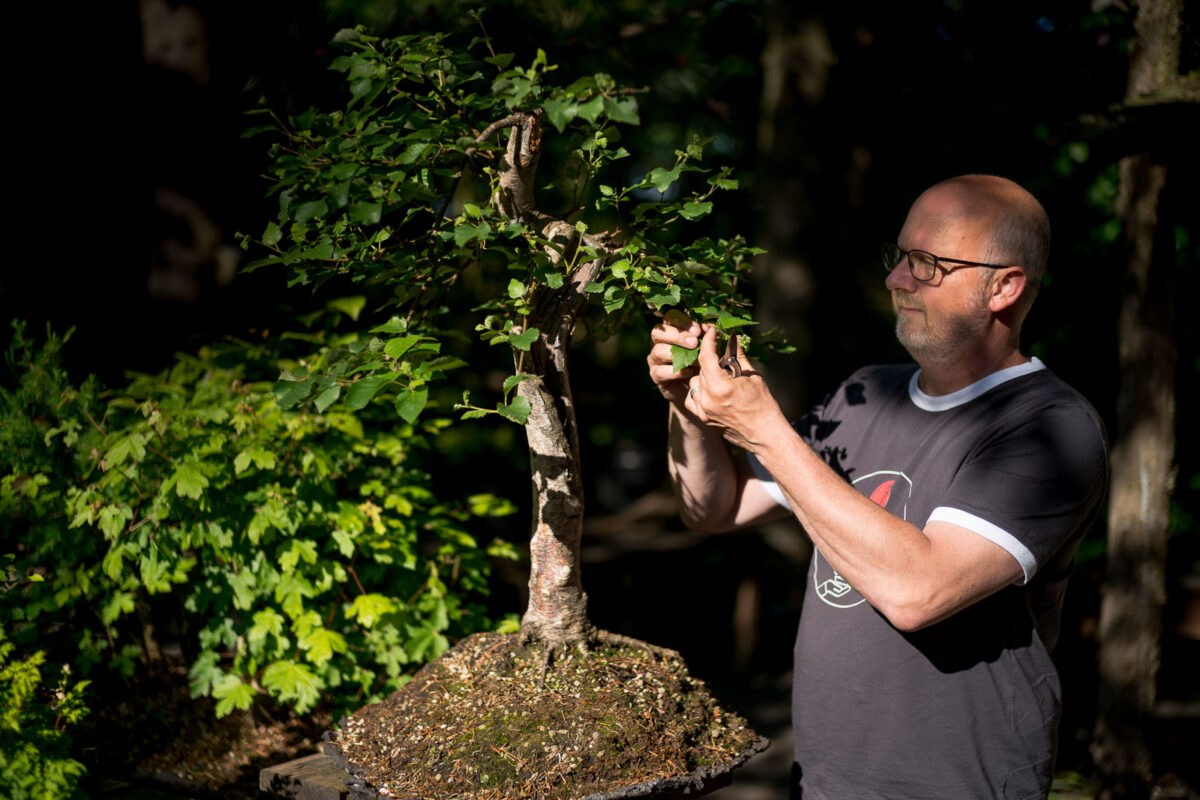The Nordic bonsai style

Listen to the Podcast above, and read the article.
This is a concept in bonsai I have given a lot of thought and a lot of work. The thoughts have circled around the special nordic feeling I experience when visiting Swedish lakes, Norwegian mountains and the Danish seaside.
A mixture of melancholy, brightness and age. Not far away from Japanese aesthetics, but with a different touch. A Nordic touch of simplicity and calmness. With more life, and maybe a little less simplicity.
Can you find this in the original Japanese art of bonsai? Of course, there are many similarities. There also are differences. Else it would be pointless. Let’s take it for what it is. A play with the art. Evolution. Feeling. Moods.
A touch of something different, but connected to the tradition of the original art of bonsai.
Something that can be adapted to anywhere with small changes.
Most importantly. It has to reflect your environment, and not just copy a bonsai as a standard.
Japanese bonsai seeks perfection. It is heavily based on unchanged traditions, although you will explore smaller changes of the art over time. The Wabi-Sabi expression of something immortal, age set up against the new and fresh, and imperfectness characterizes this concept.
But Japanese bonsai today also seems more artificial than natural in many cases. The plastic sense of overly styled foliage pads and the rejection of deciduous trees having hollow trunks is some of the aesthetics I find distancing the art from nature, not bringing it closer to nature.
The Nordic Bonsai style builds on these emotions but has a – in my view – slightly more melancholic silent part and a slightly more bright side. And a close relationship to nature.
When I think about nature and what moves me, it is when I look through a forest and see the ocean with the sun reflections mirroring and sparkle.
It is when I only hear raindrops on a rainy day in a forest of birch trees. Or explore fresh mosses on the cliffs with a slim majestic pine above showing its aged bark.
That feeling is what I will try adapting to bonsai art.
Using burned wood as a base, bright colours and freshness as contrast, and a more natural feeling of the bonsai style.
Isn’t that present in Japanese bonsai style? It is. Sometimes, Tomio Yamada is one of a few I know of, where I get this feeling of a natural tree. Still Japanese in its expression, but more natural than most trees I have seen in Japan.
In 2005 I also watched a special huge pine on a slap at Mansei-en created by Saburo Kato. The massive Cork bark black pine was planted on a slap with a base of ferns and shrubs adding exactly that special mood make it different than the standard bonsai. Something I was moved by as soon as watched it in the nursery.

What differs a kind of Nordic bonsai style in a practical sense then?
One major difference comes to my mind. That is deadwood at deciduous trees. An old birch tree with a hollowed trunk and deadwood inside. Something that will immediately be discarded by the Japanese. Deadwood on a deciduous tree is seen as being wrong and a fault. It will never be accepted.
Adding more ground cover to the base, such as small ferns and shrubs, rather than clean moss surfaces.
Another way of testing if the expression really distances from the traditional Japanese style is by looking at the tree and consider if it would fit in in Japan?
The birch with deadwood I can´t see as being part of a Japanese collection or shown at an exhibition in Japan. This alone makes it set its own spirit and Nordic style in this case.
I have several trees with that feature. Hollowed trunks and deadwood as I see it in the Danish nature, and the nordic environment. Combined with a pot in a more traditional design fitting our culture, I think the Nordic style is valid. As an addition to what exists. Broadening the experience and expression of the bonsai art.
Nothing stands alone. It´s just another expression adding more to the palette. Maybe it is different. Maybe it is just a subtle and underplayed variation. But if we do not dare to seek new expressions we do not move anywhere.
Small changes can make big experiences and expand the variation of how we look at bonsai.

